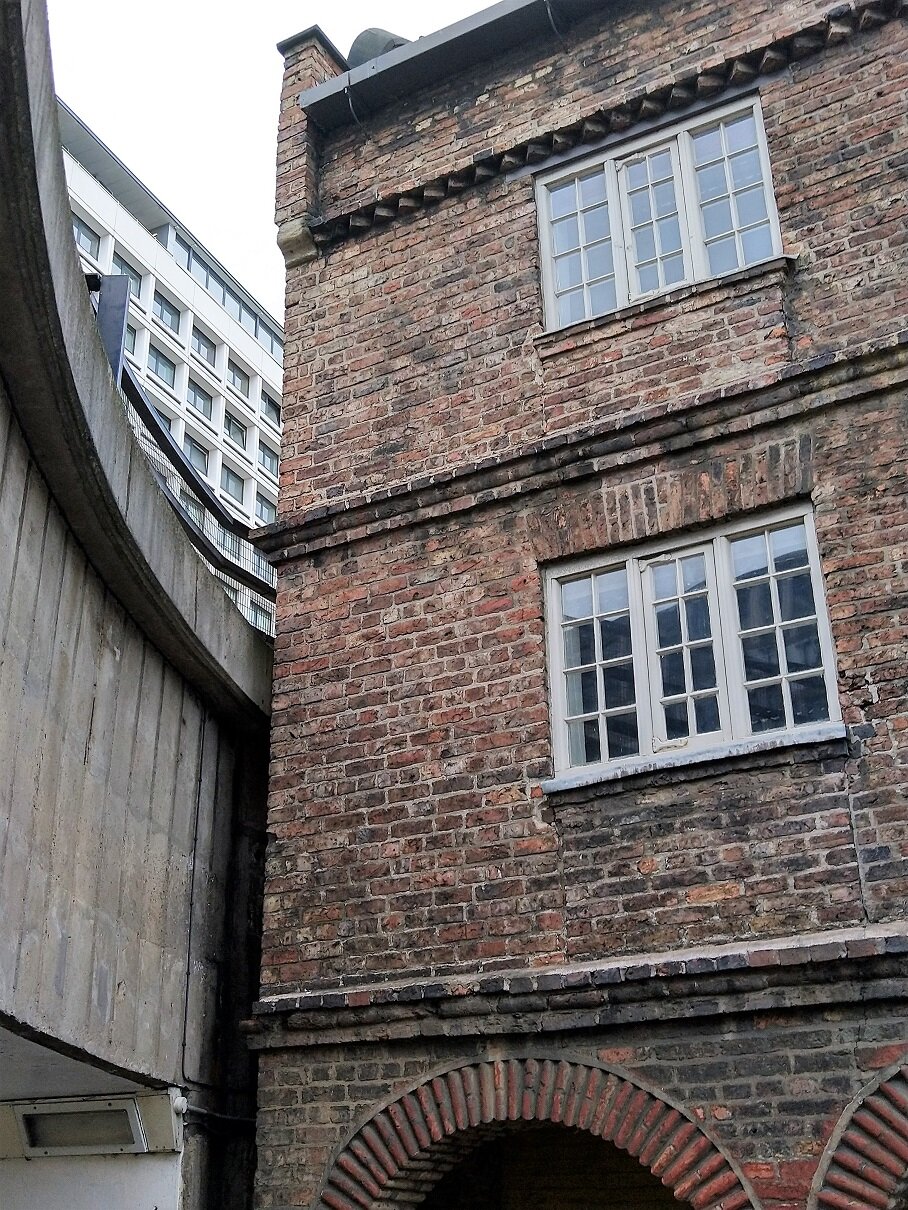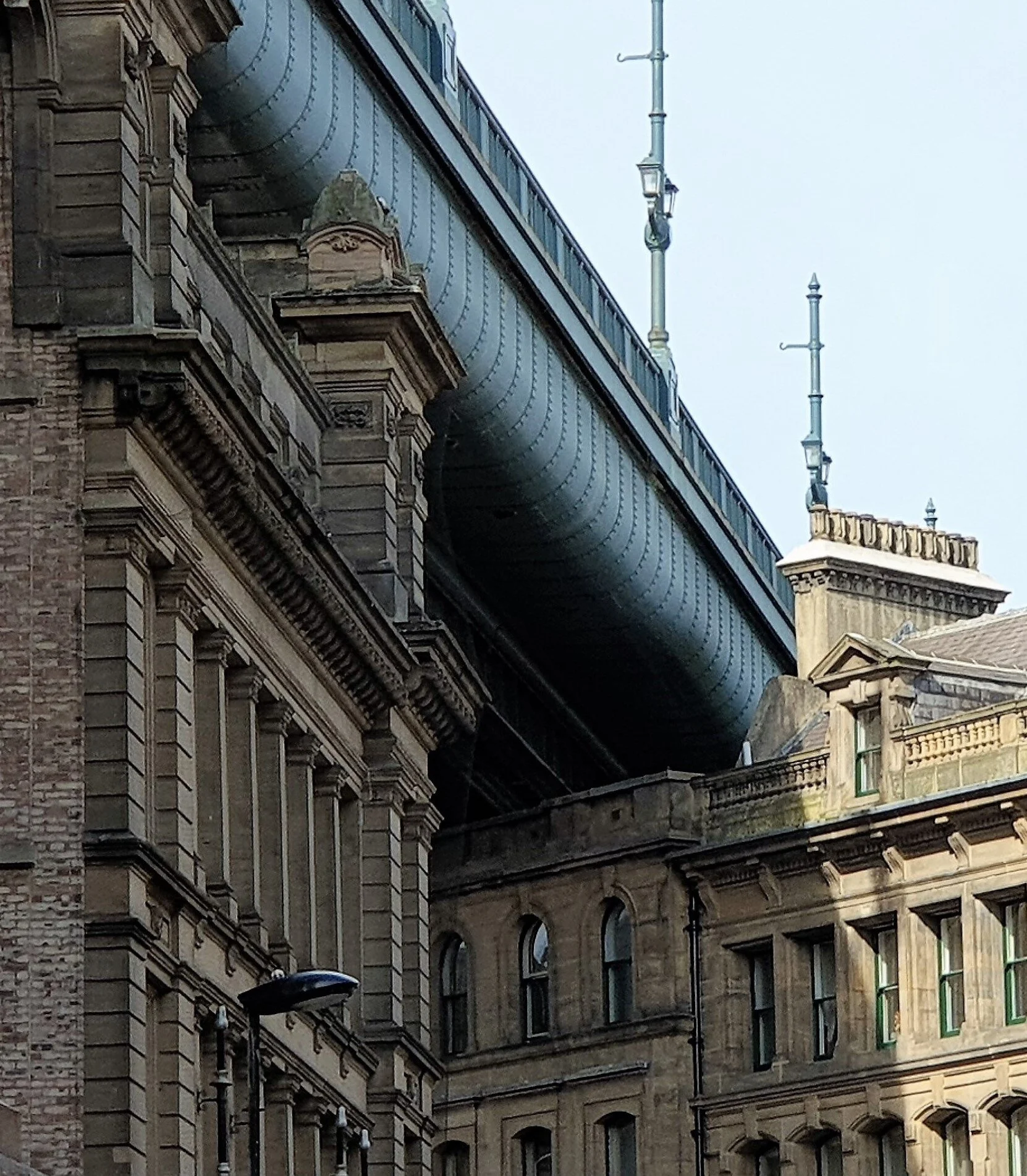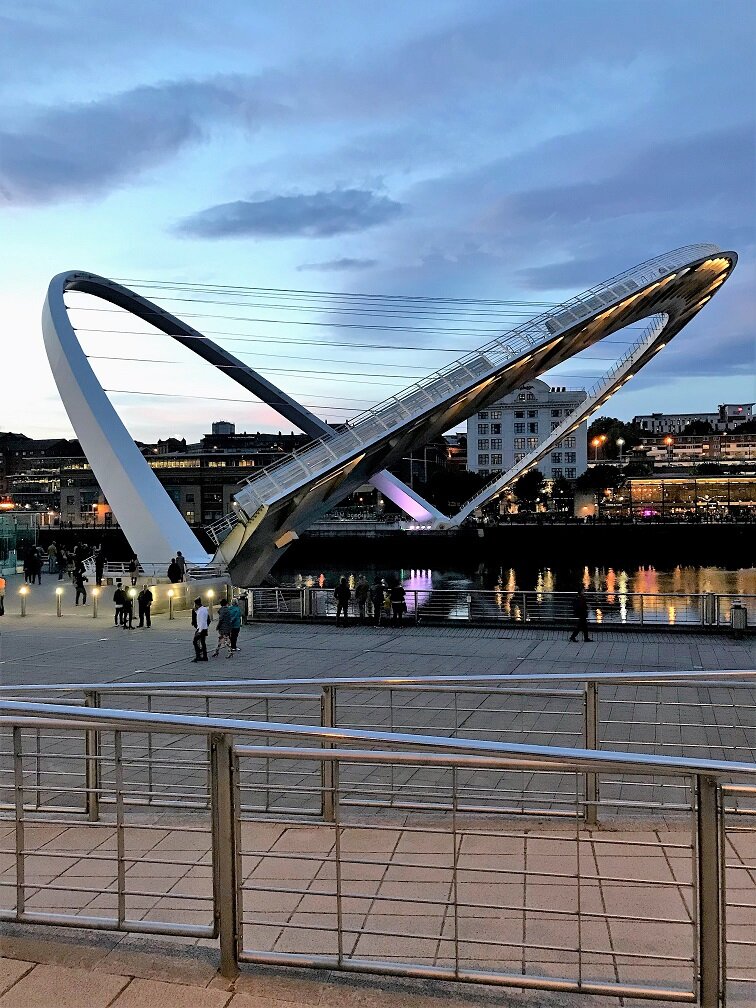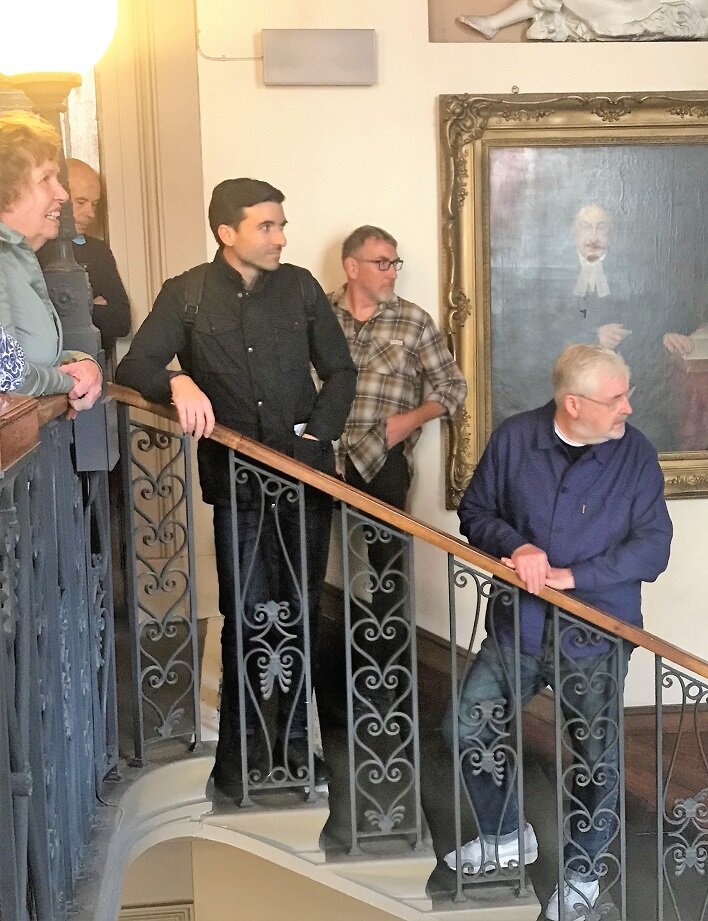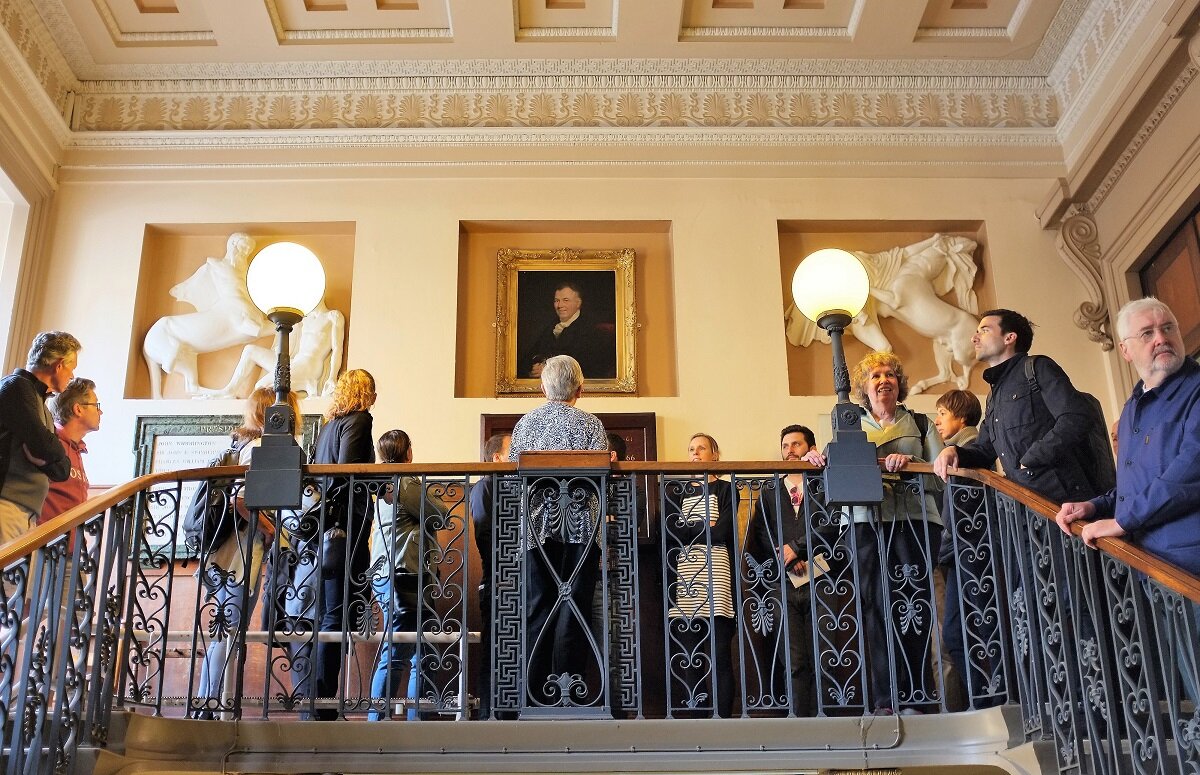Aware of people increasingly rebelling against ‘slaving away like battery chickens in factory like offices, Cook believes ‘everyone now wants a better way of living’, and companies, developers and – in particular – architects can no longer ignore the social and environmental issues of the workplace. Justin Cratty – who supports scientists by creating ‘best possible’ laboratory designs – echoes Cook’s sentiments, but is also concerned his efforts are seen only as a sub consultancy. Despite indications that workspace design could dominate the coming decade, he sees many mainstream architects continuing to concentrate on the larger scale.
For 22 Bishopsgate - recently described as London’s ‘smartest’ building (J Morrison, the Times, Mar 2018) - Cook uses layers of technology, to create an environment that people want to work both in and around - as evidenced by two quick examples. At the workspace scale, workers are able to control how much light and heat they receive in their immediate surroundings. At the building scale, its ‘modest’ but highly engineered shape prevents wind gusts disrupting the pedestrian levels. Add to this cyclist showers, a food market, a climbing wall, medical and dental facilities and you have a building with ‘a social agenda’.
Cook’s commitment to a quality environment has earned accolades from Sir Stuart Lipton, now with developers Lipton Rogers. In a comment pointedly less scathing on American design than that previously quoted from 1999, he praises 22 Bishopsgate as being ‘designed to enhance the quality of life of its occupants by adding amenities which make the work experience more enjoyable and effective’ (PLP Website).
Location, Location
Eugene Kohn wrote in the 1999 article, ‘before the late 1980s, there were only a handful of Americans working abroad’. Many of those firms setting up offices in the UK in the 1980s and 90s developed a taste for international work and continue to use London as a ‘springboard’ to Europe and beyond.
In 1988, when David Walker arrived, London could best be described as ‘parochial’. He remembers the charm, but laughs when he recalls that ‘it could take 3 months just to install a phone line’. But London has changed. If London in 1999 could be considered ‘an international city’, today it has gone global and the Americans have also benefited from the change.
London has a lucky combination of location, time zone, travel links and language that gives it international prominence and allows firms located here to reach out in all directions. Today’s architects variously describe it as ‘a place for all times’, ‘a confluence of architectural energy’, ‘a melting pot of all cultures’ and ‘a working nirvana’. Less laudatory, but more practically, ‘it is a place where things can happen’.


































